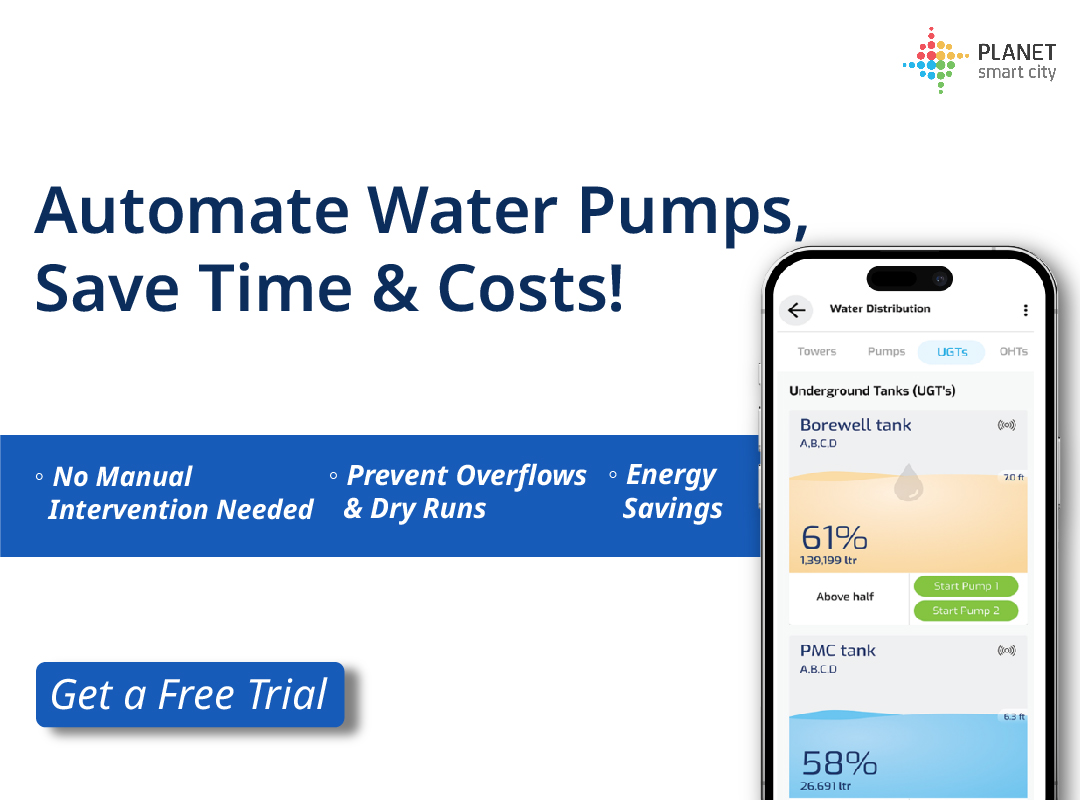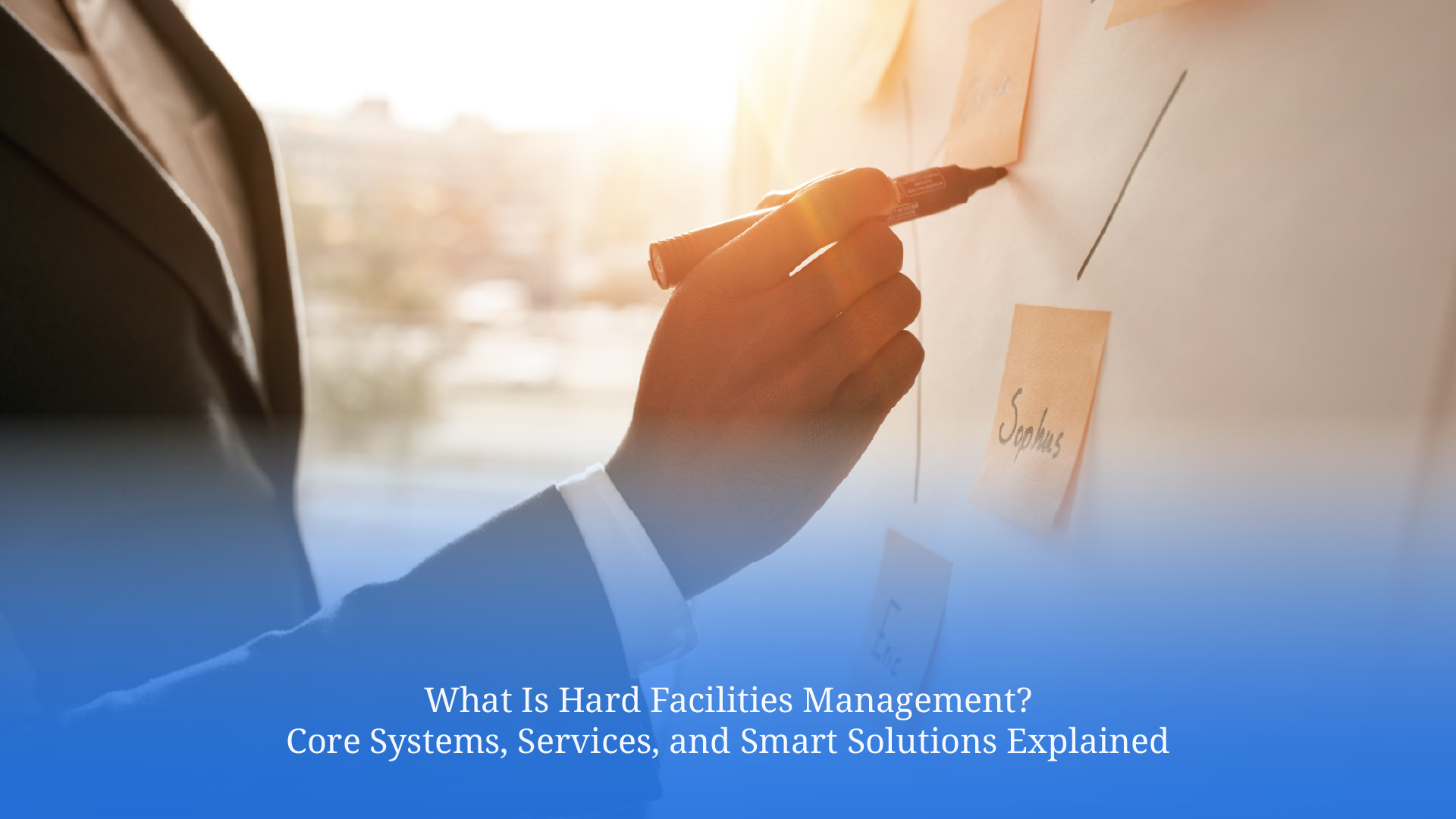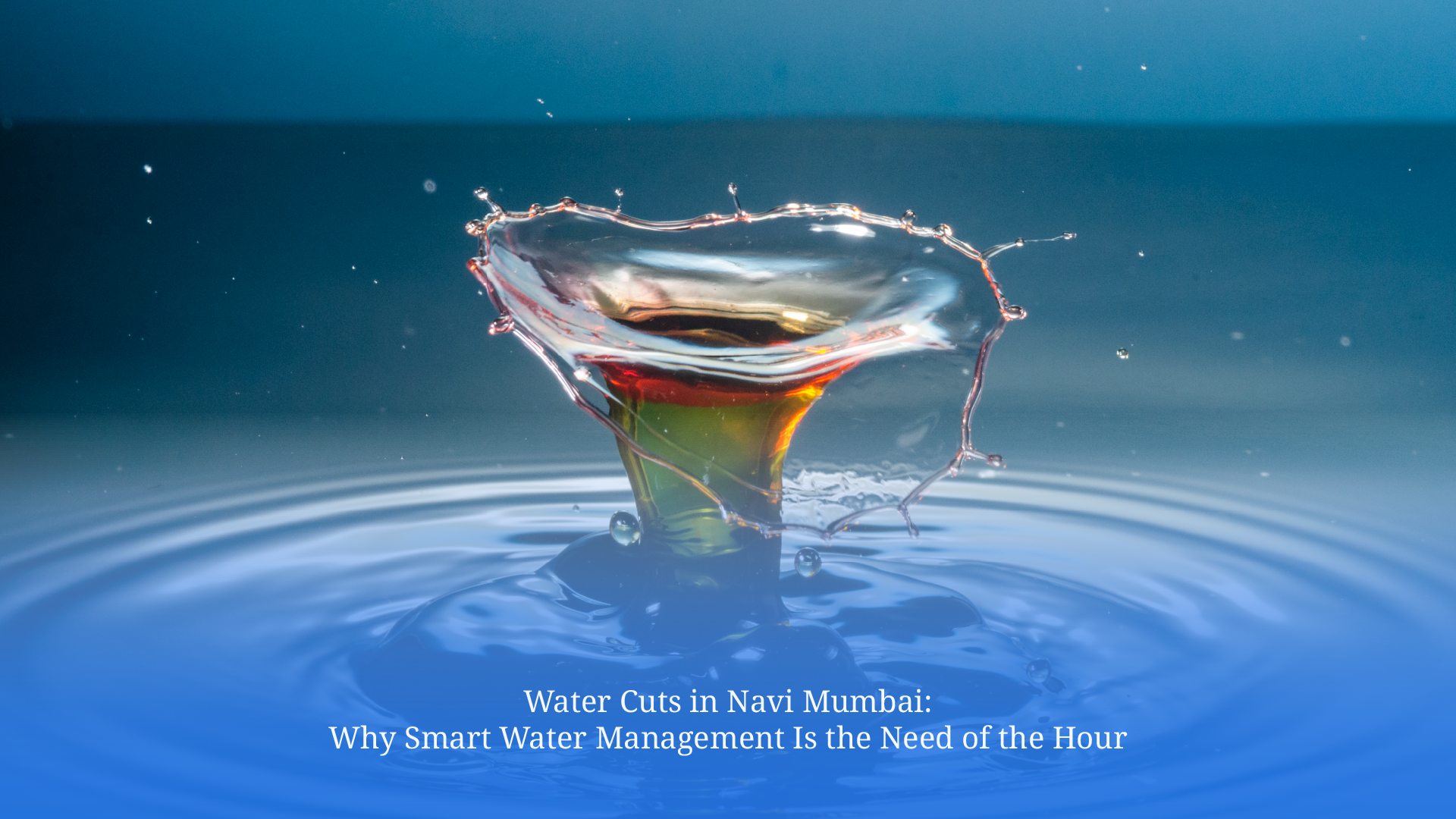Water Quality Monitoring with Smart Sensors: Ensuring Safe Water in Every Tap
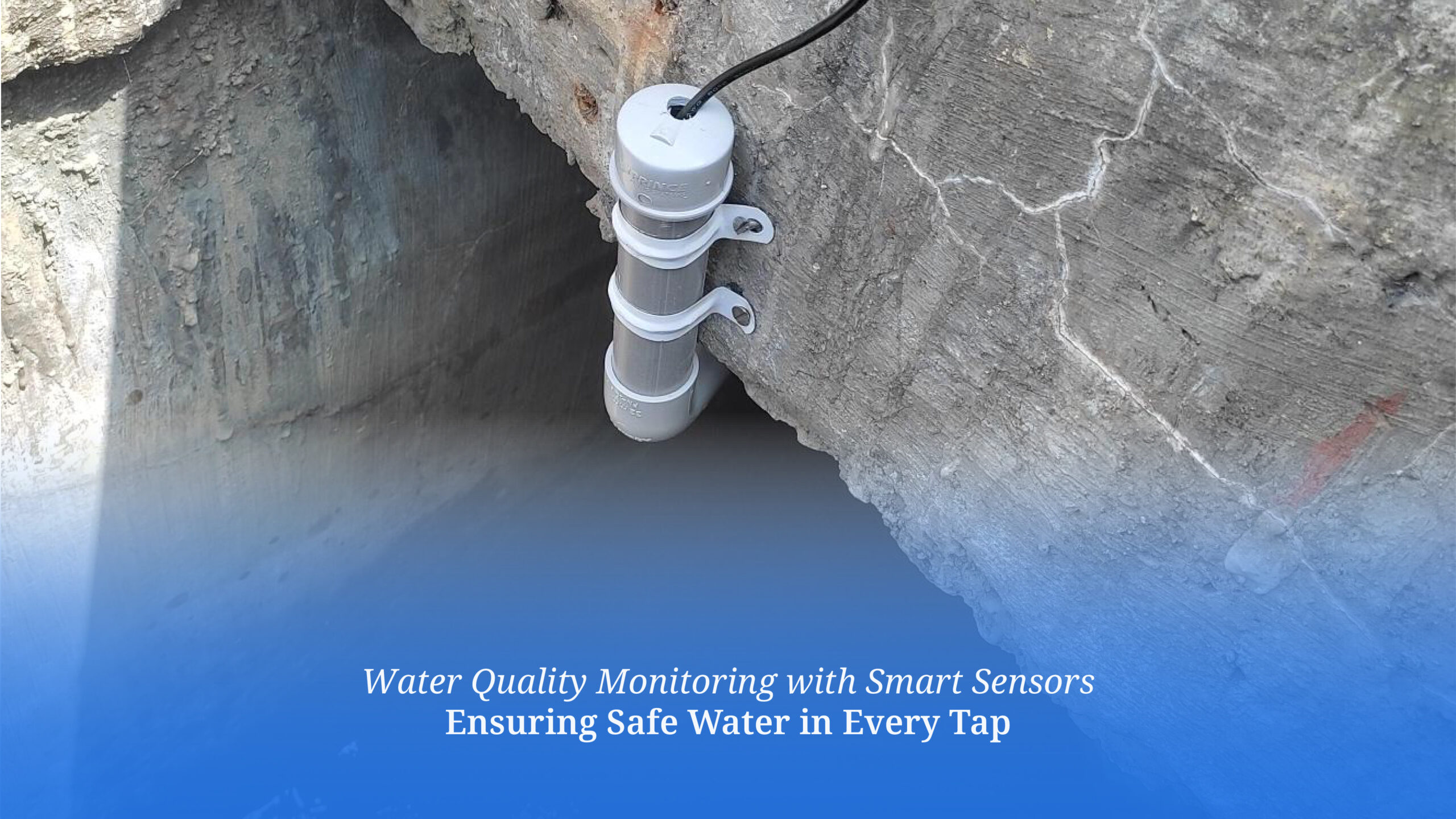
Access to clean and safe water is a basic human right. As cities grow and infrastructure gets older, it becomes harder to ensure that the water reaching our taps is always safe. Water quality monitoring helps tackle this issue. By regularly checking water for harmful substances or imbalances, we can spot problems early and prevent bigger issues. Thanks to modern technology like smart sensors, this process is now more advanced, accurate, and immediate.
What Is a Water Quality Monitoring System?
Water quality monitoring is the process of regularly checking and studying water to make sure it is safe for people to use and does not harm the environment. The main goal is to find any harmful substances in the water. These substances can be chemical, physical, or biological. Some common things that are tested include:
- pH levels: Shows if the water is acidic or alkaline, which helps understand if it is safe to drink or if it could damage pipes.
- Turbidity: Indicates the clarity of the water and the presence of particles suspended in it.
- Heavy metals: These include substances like lead, mercury, or arsenic. They are harmful to health even in very small amounts.
- Microbial contaminants: These include bacteria such as E. coli and viruses. They can cause serious illnesses if present in drinking water.
- Chlorine levels: Monitoring chlorine helps ensure that the water is properly disinfected while keeping it safe for use.
- Total dissolved solids (TDS): High levels of TDS can change the taste of water and may affect health if consumed over time.
Earlier, water testing was done by collecting samples and sending them to labs. This method worked, but was often slow and did not give the immediate results needed for quick action.

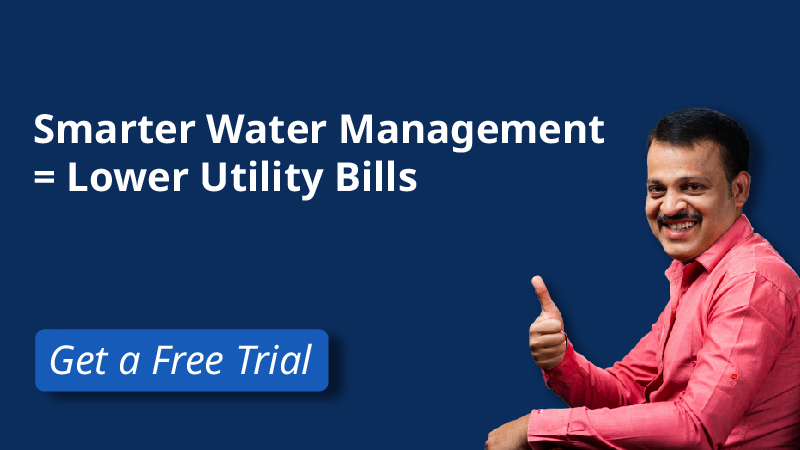
Components of a Water Quality Monitoring System
Modern water quality monitoring systems bring together devices, software, and smart analysis to give accurate and up-to-date information.
- Smart Sensors: These play a key role in real-time monitoring. Placed at important points in the water supply network, they keep checking the water every few seconds. They can notice even small changes in water quality.
- Data Transmission Units: These units help send the data collected by sensors to central databases or cloud systems. This lets operators, city officials, and sometimes the public view the data as it comes in.
- Analytics Platforms: These are advanced software tools that bring together and study sensor data. With the help of AI and machine learning, they can spot patterns, highlight anything unusual, and give useful predictions. This helps teams fix problems early and make quicker decisions.
- User Dashboards and Mobile Alerts: The system not only collects data but also shows it in a simple way. Operators can set limits for each water quality factor and get instant alerts if anything goes beyond those limits.
Benefits of Smart Water Quality Monitoring
Smart monitoring changes water management from simply reacting to problems into actively preventing them. Here is how it helps:
- Real-time contamination alerts: It detects problems as soon as they happen. This helps reduce health risks and allows for quick action.
- Proactive maintenance and cost savings: It spots patterns and early signs of damage before they turn into costly repairs.
- Improved compliance with environmental regulations: It keeps automatic records with time stamps. This makes it easier to follow rules and report accurately.
- Enhanced trust and transparency: Public dashboards let people see the quality of their water in real-time. This builds trust in local water systems.
- Data-driven infrastructure management: Old data helps in making better long-term plans and smart investment decisions.
- ROI-driven outcomes for governments and developers: By reducing waste and following rules properly, smart monitoring helps cities and developers get better value from their investments.
Challenges of Traditional Water Testing Methods
Conventional water testing is accurate, but often not enough for the needs of modern cities. These methods usually involve:
- Delayed results: Samples need to be taken to laboratories, tested, and recorded before any action is taken. By the time this is done, the problem may have already grown.
- Manual labour: Trained workers are needed to collect and test the samples. This increases costs and can lead to mistakes.
- Limited sampling scope: Testing is done only at certain times, giving just a limited view. Problems may go undetected for many days.
This delay can be risky, especially in crowded urban areas. On the other hand, smart sensor-based monitoring offers fast response, can be scaled easily, and is more dependable. It is becoming a key part of modern infrastructure.
Smart City Innovations Enhancing Water Safety
At Planet Smart City, our communities are designed with smart, data-based systems. Our own digital platform, Planet SIM, works smoothly with other smart devices to allow real-time monitoring and better decision-making. This connected setup helps detect problems early and respond quickly. We also encourage residents to take simple steps, like checking TDS levels at home with digital meters.
Smart Monitoring Is No Longer Optional
Today, with growing focus on data, connectivity, and caring for the environment, the way we watch over our most important resource needs to improve. Smart sensor-based water quality monitoring is no longer optional. It is essential for modern life, and now is the time to take action.

